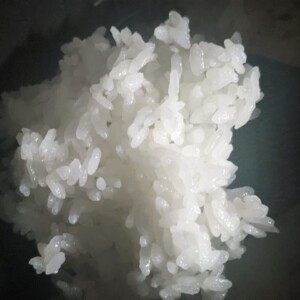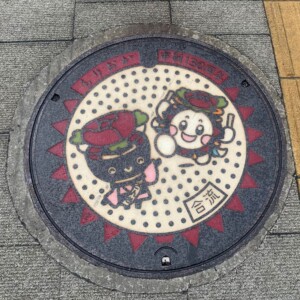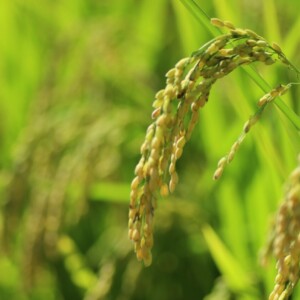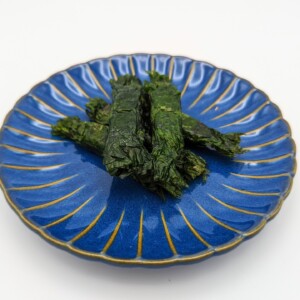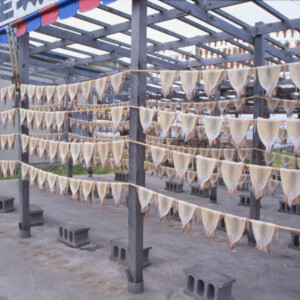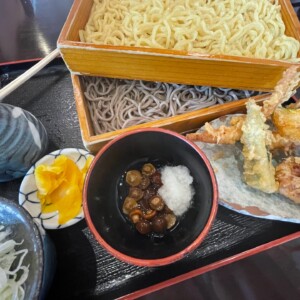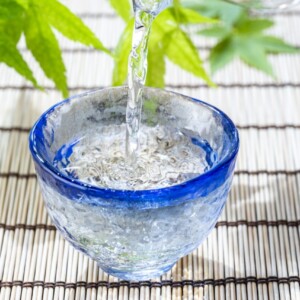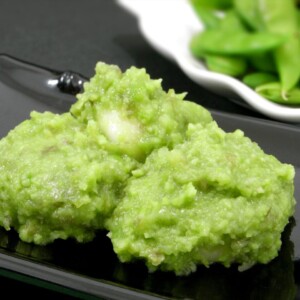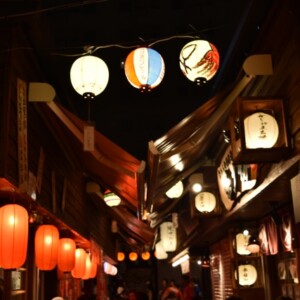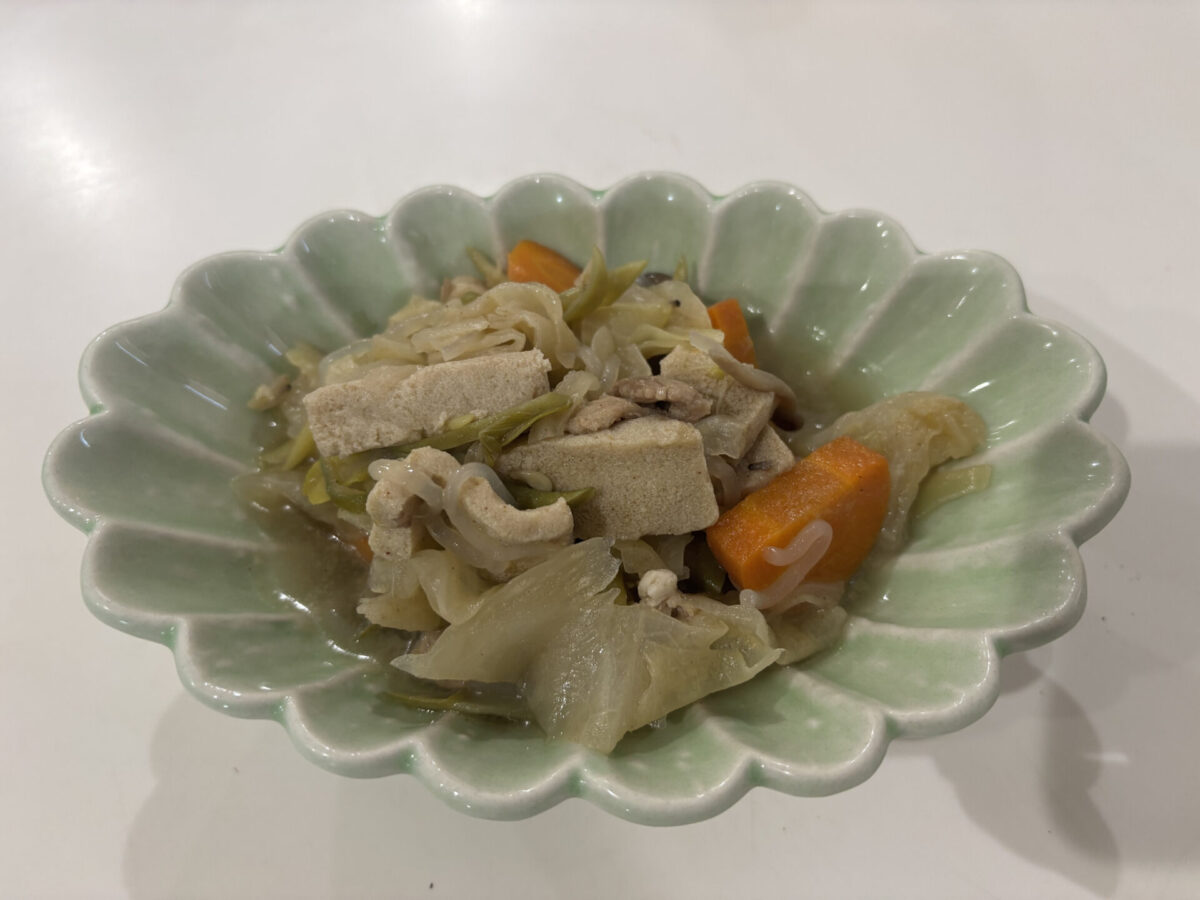
What is the ultra-local dish of Tsugaru, "Nikujiru"? We tried making a mysterious dish that's different from pork soup!
table of contents
In the Tsugaru region of Aomori, there is a mysterious dish called " meat soup ). Just hearing the name might make you think of it as a type of pork soup, but it is actually something completely different. It is soy sauce flavored, has many ingredients, and is barely liquid, so it cannot be called a "soup." In Tsugaru, it is a "delicious side dish" that is often made when people get together. In this article, we will introduce what this nikujiru is, how to make it, our impressions after actually making and eating it, and even ingredients that go well with it.
What is Tsugaru's local dish "Nikujiru"?
"Nigujiru" is a super local dish from Tsugaru. From the name, you might expect it to be a soup, but it's actually a completely unexpected dish that will defy your imagination!
Super local Tsugaru cuisine
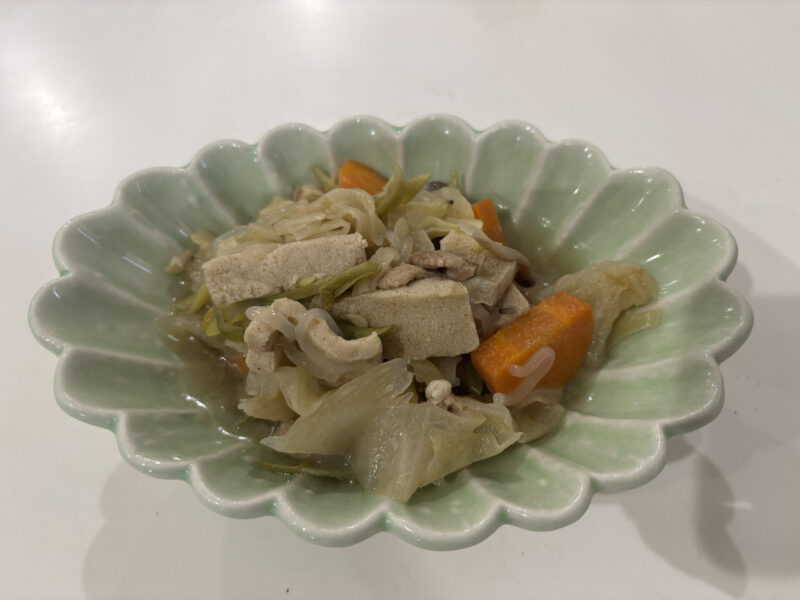
Niku-jiru is a home-cooked dish that has been popular in the Tsugaru region of Aomori Prefecture. Although the name includes the word "jiru" (soup), there is only a small amount of soup. It is a dish with plenty of ingredients, seasoned with soy sauce, and is not eaten as a "soup" like pork soup or miso soup, but is served on the table as one of the side dishes. It is an essential delicacy, especially when family members gather together or for celebrations.
What's the difference between this and pork soup?
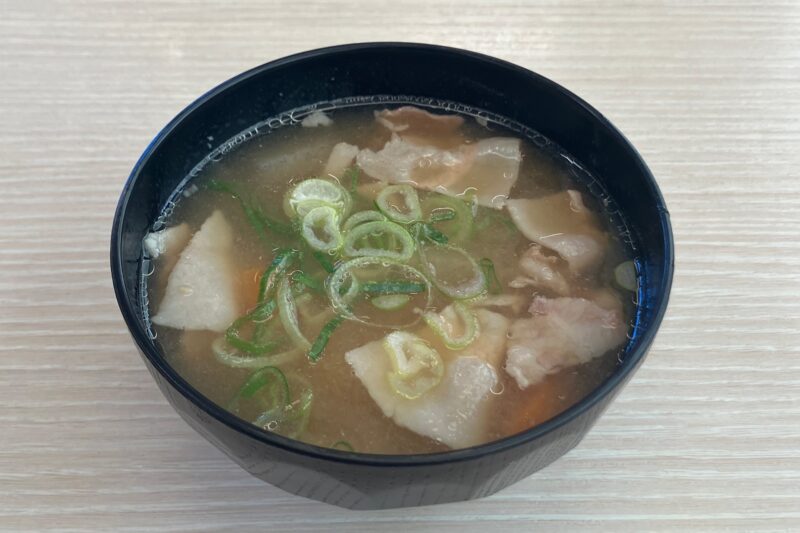
Although it looks similar to pork soup, the meat soup is seasoned with soy sauce instead of miso, and is barely liquid. While pork soup is a combination of "rice + soup," meat soup is characterized by being served with "rice + side dish." In other words, even though they are both dishes made with stewed pork and vegetables, they stand in completely different positions.
Introducing a recipe for making gravy
The ingredients and seasonings for the gravy vary from household to household, but the basic pork and konnyaku noodles simmered in soy sauce . The ingredients change from time to time, and you can customize it however you like! Here are the approximate ingredients and instructions for making it for three people.
Main ingredients for gravy (serves 3)
- 150g thinly sliced pork
- Konnyaku noodles...100g
- Burdock root...1/3 (approx. 50g)
- Cabbage...100g
- 1 long green onion
- Koya tofu...1 piece
- Shimeji mushrooms or other mushrooms...1/2 pack
- Water…450~500ml
- Japanese soup stock (granules)...1 teaspoon
- Soy sauce...2 tablespoons
- Sake...1 tablespoon
*Please adjust the amount of soy sauce for your household. Locals often make it a little saltier.
How to make basics
- Shred the burdock root and soak it in water, and parboil the konnyaku noodles.
- Heat oil in a pot and fry the pork. Add vegetables such as burdock and cabbage and continue frying.
- Add water and stock, bring to a boil, and simmer over medium heat while skimming off any scum.
- Add konnyaku, shimeji mushrooms, and konjac noodles, and finally season with soy sauce and sake.
The finished product looks like a stew with little liquid, and makes a great side dish to go with rice.
I actually made the gravy.
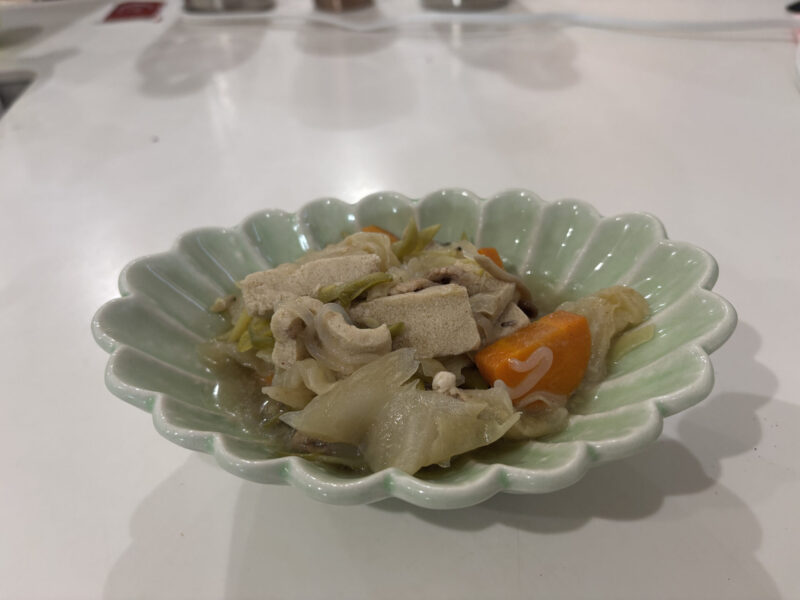
It's actually less work than you'd think, and it's more than enough to make a main dish for dinner. The fragrant smell of stir-fried pork stimulates your appetite, and the aroma of soy sauce rises as it simmers.
When the finished meat juice is poured into a bowl, it looks more like a stir-fry than a soup? Although the ingredients are similar to pork soup, there is hardly any liquid, so it seems like you'll need to prepare a separate soup. With one bite, the umami flavor of the pork spreads, and the konnyaku noodles and freeze-dried tofu absorb the flavor well and are chewy enough. This time, I used ingredients I had in the fridge, adding carrots instead of burdock and chicken breast. This is definitely a "side dish" rather than a "soup." It's delicious even when cold, so I thought it would be good for a bento lunch box the next day or to prepare in advance.
These are the ingredients that go well with meat juice!
In addition to the standard ingredients, meat broths vary depending on the season and local ingredients. Here we will introduce three categories.
mushrooms
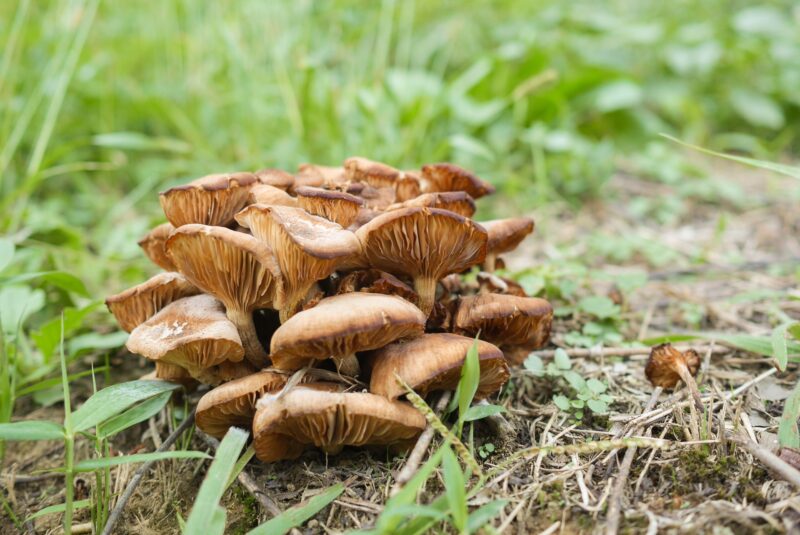
Shimeji mushrooms, shiitake mushrooms, and maitake mushrooms are standard. In autumn, Tsugaru households sometimes add samodashi (honey mushrooms), which, combined with the soy sauce flavor, creates a deep flavor.
Root vegetables
Burdock is an essential ingredient. Its aroma brings the dish together and goes perfectly with meat and konjac. Some families also add carrots and radishes, and the sweetness of the vegetables combines with the richness of the soy sauce to make the dish more satisfying.
Ingredients unique to Aomori
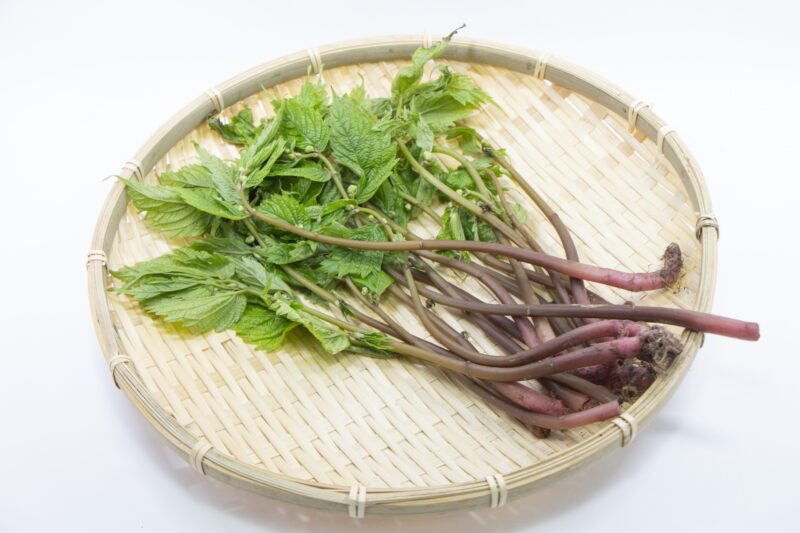
Bamboo shoots (bent bamboo shoots), a spring mountain vegetable, are perfect for the gravy! Their soft yet chewy texture and refreshing flavor make the gravy even more delicious. In summer, "water lily (Uwabamisou)" is added, adding a unique crunchiness. In early autumn, "Samodashi" is used, and the seasonal mountain vegetables give the gravy an even more Tsugaru-like flavor.
Incidentally, bamboo shoots, water chestnuts, and samodashi are sold in preserved cans or bottled form even outside of the season, so sometimes you'll have an all-star version of Aomori mountain vegetable meat soup. One of the charms of meat soup is that there are no set ingredients, so you can enjoy a variety of flavors depending on the household and the season.
summary
Niku-jiru is a "non-soup soup dish" that has been passed down since ancient times in the Tsugaru region. It is a delicacy made with pork and konnyaku noodles as the main ingredients, and is seasoned with root vegetables, freeze-dried tofu, mushrooms, and wild vegetables, and finished with a soy sauce flavor. Although it may look similar to pork soup, it is a completely different dish. The ingredients and seasonings vary from household to household, and it is still loved today as a special dish that adorns the Tsugaru dining table.




